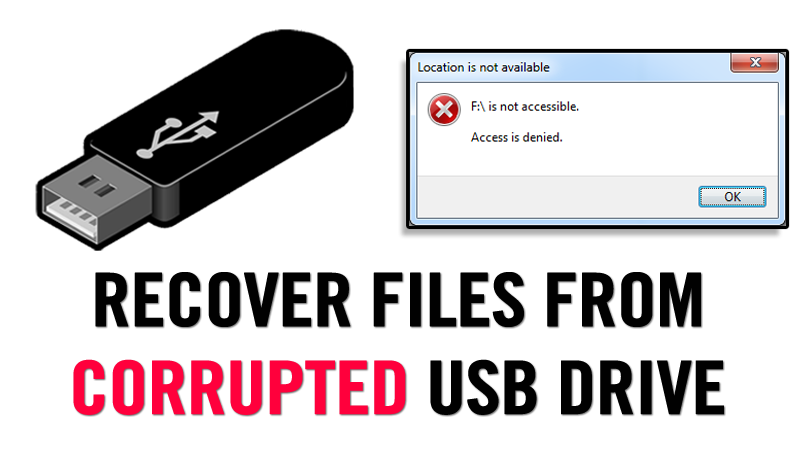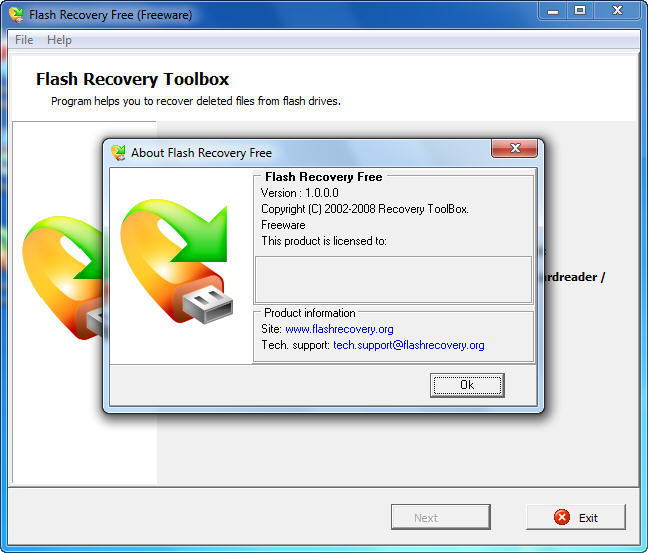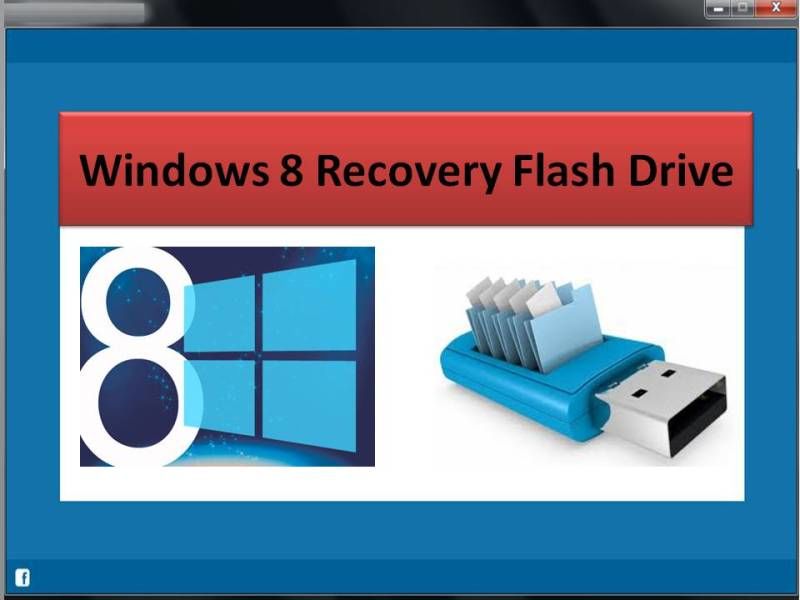

- USB FLASH RECOVERY WINDOWS 10 INSTALL
- USB FLASH RECOVERY WINDOWS 10 UPGRADE
- USB FLASH RECOVERY WINDOWS 10 WINDOWS 10
- USB FLASH RECOVERY WINDOWS 10 PC
Type the following command to view all drives connected to your computer and press Enter: list disk Type the following command and press Enter: diskpart Search for Command Prompt, right-click the top result, and select the Run as an administrator option. To create a GPT partition on a removable drive, use these steps:
USB FLASH RECOVERY WINDOWS 10 WINDOWS 10
However, this time, you should follow these steps to use the Diskpart command-line utility on Windows 10 (or 11) to create the appropriate GPT partition, and then follow the above instructions. In this case, you may need to redo the entire process. If the USB flash drive is not working with TransMac, it could still be a partition problem. Create a GPT partition on a USB flash drive
USB FLASH RECOVERY WINDOWS 10 UPGRADE
Once you complete the steps, you can insert the USB flash drive on your Mac to install, reinstall, or upgrade the operating system to the latest macOS version (Ventura, Monterey, Big Sur, Catalina, or Mojave). Select the “.dmg” file with the macOS installation files. Right-click the USB flash drive and select the “Restore with Disk Image” option from the left pane.Ĭlick the Yes button to confirm the erase of the USB flash drive data. If this is the case, the chances are it’s using an MBR partition, and the USB drive needs a GPT partition to work on a Mac.Ĭlick the Yes button to format the drive on the warning message.Ĭonfirm a name for the drive. Quick note: You want to do this before creating the bootable media because there is a good chance that the drive was formatted using a Windows device.
USB FLASH RECOVERY WINDOWS 10 INSTALL
To create a bootable USB drive with macOS, use these steps:ĭownload and install TransMac on Windows 10. One high-quality USB flash drive with 16GB of storage.Ĭreate macOS bootable USB installation media.Create a GPT partition on a USB flash driveīefore proceeding, you’ll need the following:.Create macOS bootable USB installation media.This guide will teach you the steps to create a macOS bootable USB installation on Windows 10 (or 11), which you can use to reinstall or upgrade the Apple OS. You can use a Windows 11, 10, 8.1, or 7 computer to quickly create a USB bootable installation media to reinstall macOS Ventura, Monterey, Big Sur, Catalina, or Mojave on your Mac. However, if none of your devices (MacBook, MacBook Air, MacBook Pro, iMac, Mac Pro, or Mac Mini) are not working when you need them the most, you can use a Windows computer to rescue your Apple device. This is one of the main reasons you should consider creating a macOS bootable USB when your computer is working correctly. If the unexpected happens with an Apple computer, you can use a macOS bootable USB with the installation media to repair it.

It’s a matter of time until the device refuses to start, which could happen for many reasons, including (and not limited to) file corruption, hardware failure, or buggy update.
USB FLASH RECOVERY WINDOWS 10 PC
(Unless your PC is brand new, you should probably skip this option, which will result in your recovery drive containing an outdated Windows 10 version.It doesn’t matter whether you use macOS, Windows 11, or Windows 10.

If your system included a partition with the OEM version of Windows 10 and you want your recovery drive to include those files for reinstalling Windows, be sure to select the Back up system files to the recovery drive option on the first page. An easier way to locate that file is to type recovery in the search box on the taskbar, then click the Recovery Drive shortcut from the search results. In Windows 10, this tool has its own executable file, which you can open directly by using this command: %windir%\system32\RecoveryDrive.exe. The recovery drive tool formats the drive, so be sure to make backup copies of any important files on that drive before you begin the process. For a recovery drive that includes Windows system files, you'll need a larger USB drive for a 64-bit copy of Windows 10, the drive should be at least 16GB in size.

Click to enlargeĬreating a basic recovery drive requires a USB drive that is at least 512MB in size. With this check box selected, your recovery drive can be used to reinstall the copy of Windows 10 that came with your PC.


 0 kommentar(er)
0 kommentar(er)
